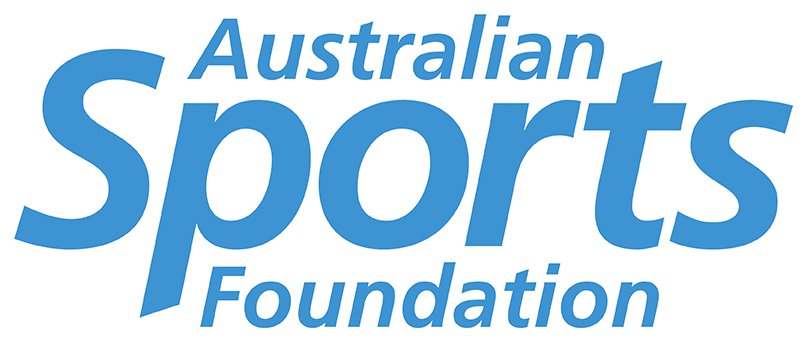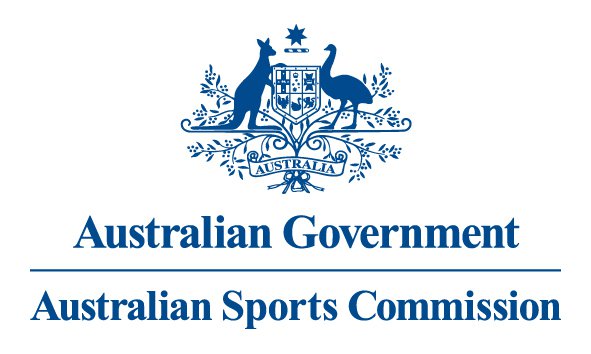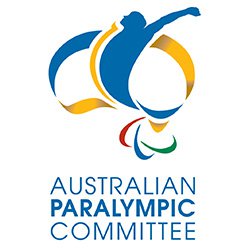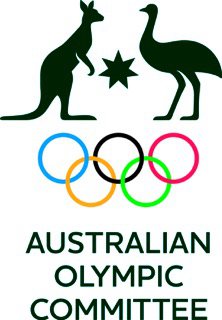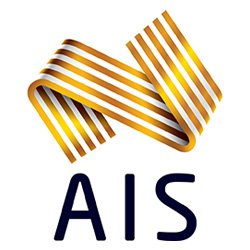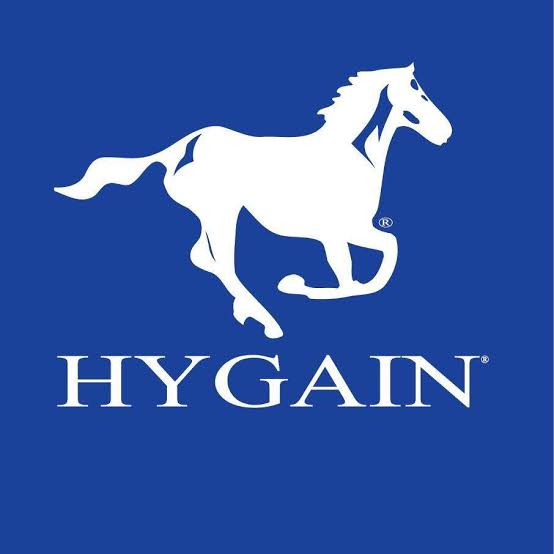Dressage
In Dressage competitions, horse and rider are expected to perform from memory a series of predetermined movements, known as 'figures'. The arena has 12 lettered markers placed symmetrically indicating where movements are to start and finish and where changes of pace or lead are to occur. In all competitions, the horse has to show the paces: walk, trot and canter as well as smooth transitions within and between these paces. The Dressage tests vary in levels of difficulty between seniors, young riders, pony riders and children. The standard formula for FEI World and continental championships and the Olympic Games consists of Grand Prix, Grand Prix Special and Grand Prix Freestyle (Kur) tests. In a Freestyle test, the athlete is free to choose his own form and manner of presentation; in all other tests the athletes follow a set test.
Eventing
Eventing is an Equestrian event which comprises dressage, cross-country and show jumping. Sometimes described as an equestrian triathlon, Eventing demands considerable experience in all branches of equitation. It has two main formats, the one day event (ODE) and the three-day event (3DE). The competitor rides the same horse throughout the three phases. Cross-country is the highlight, testing the speed, stamina and jumping ability of the horse, as well as the rider's knowledge of pace and the use of his horse. The course will have between 30 and 40 specially constructed jumps over solid obstacles such as logs, woodpiles and stone walls, with water and ditches increasing the technical difficulty.
Jumping
Jumping is probably the best known of the equestrian disciplines recognised by the FEI where men and women compete as equals in both individual and team events. In Jumping competitions, horse and rider are required to complete a course of 10 to 13 jumps, the objective of which is to test the combination's skill, accuracy and training. The aim is always to jump the course in the designed sequence with no mistakes – a clear round. If any part of an obstacle is knocked down or if the horse refuses a jump, penalties are accumulated. The winner of the competition is the horse and rider combination that incurs the least number of penalties, completes the course in the fastest time or gains the highest number of points depending on the type of competition.
Show Horse
The over-riding principle is that a show horse after being beautifully conformed, of high quality, a magnificent mover and having lovely manners and paces. Showing is subjective so is subject to a judges decision. The Judge will place the horses in the correct order. Movement is very important because a show horse must move with balance, elegance, lightness, correctness and with the right rhythm for the gait. If a horse is not conformed correctly it will have difficulty in moving with perfect rhythm. This shows as carrying head too high or too low, short choppy gait, too much knee action and not pushing through from behind and many more imperfections.
Para-Equestrian
Para-Equestrian Dressage is the only Equestrian discipline that is included in the Paralympic Games, where it has been a regular fixture since 1996. With the idea of creating opportunities for all people with disabilities to compete and achieve their goals in equestrian sport, athletes are classified according to the level of their disability/impairment so as to provide for meaningful competition.
Carriage Driving
Driving is the oldest competitive equestrian sport yet it continues to thrive in the 21st century. Drivers sit on a vehicle drawn by a single horse or pony, a pair or a team of four and they face three trials – dressage, marathon and obstacle driving. There are three competition formats - Dressage, Marathon & Obstacle. Dressage involves performing a sequence of compulsory figures within a 100 x 40 metre rectangle. Movements – which must be executed from memory – include speed and gait transitions, circles of different sizes and halts. The marathon is a spectacular time trial run over a course including natural hazards such as sharp turns, water and steep hills, and artificial ones such as labyrinths. It tests the horses' fitness and stamina and the driver's judgment of pace and horse control. Obstacle driving – or cones – tests the fitness, obedience and suppleness of the horses after the marathon, as well as the skill and competence of the driver who must weave cleanly through a narrow track outlined by cones with balls balanced on top.
Vaulting
Vaulting is gymnastics on horseback and combines the skills of both gymnastics and horsemanship. It provides for both individual and also for team participation in sport. Vaulting improves a rider's seat, balance, rhythm and coordination as well as their confidence on the horse. In competition (similar to skating and gymnastics) there are compulsory routines as well as freestyle and it is all performed to music, so musical interpretation is also important
Interschool
The National Interschool Championships attracts more than 2000 school based competitors aged 5-18 years old from right around the country. Competitors are required to qualify through from the State Interschool Championships to the National Interschool Championships. The event is continuing to grow year on year and is a the major focus for young equestrians. It is the largest equestrian grassroots program delivered nationally in Australia.
Endurance
Endurance is a long-distance competition against the clock, testing the speed and endurance of a horse and challenging the rider over their effective use of pace, thorough knowledge of their horse's capabilities and ability to cross all kinds of terrain. Although the rides are timed, the emphasis is on finishing in good condition rather than coming in first.
Reining
Reining is a western riding competition where the rider guides the horse through a precise pattern of circles, spins, and stops. All work is done at the lope (a slow, relaxed version of the canter) and gallop. Reining is often described as a Western form of dressage riding, as it requires the horse to be responsive and in tune with its rider, whose aids should not be easily seen. Reining judges the horse on its ability to perform a set pattern of movements. The horse should be willingly guided or controlled with little or no apparent resistance and dictated to completely.


